
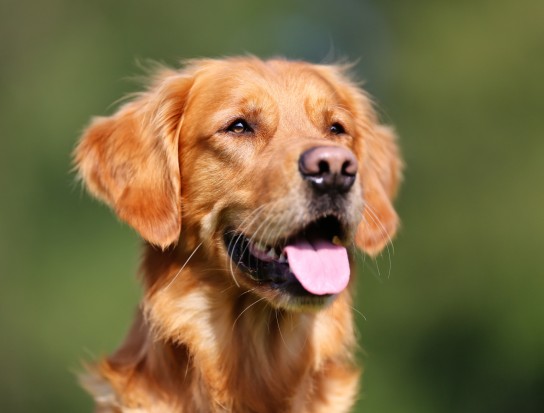
The evolution of the dog from wild, feral independent wolf-like packs to the trusted companions that we know today has taken millennia to achieve, and today’s dogs still share a great deal in common with their wild ancestors. The study of both canine and wolf DNA has gone a long way towards improving our understanding of how dogs have evolved, but nevertheless, science has not been able to fill in all of the gaps just yet!
Similarities between canine DNA and that of the grey wolf further cloud the issue, and while it used to be thought that the domestic dog evolved from the grey wolf, today’s most modern wisdom indicates that it is in fact more likely that the grey wolf and the dog evolved side by side simultaneously, with a further removed common ancestor between them during the early days of their time on this planet.
In this article, we will run through the basics of the evolution of today’s dog from its wild ancestors, and look at how the wild dog and the domestic dog are both different and similar.
Both the domestic dog and wild dogs have a reasonable amount in common in terms of what their core diet consists of, and how much protein versus fat versus carbs the two respective canine strains need. However, the evolution of the domestic dog and the fact that they rely on us to fulfil their need for food means that the diet of our pet dogs also shares some similarities with the human diet, particularly during the early days of canine domestication.
Before we started to understand and explore what dogs needed to be fed for optimum nutrition, the early domestic dogs would have been fed or permitted to scavenge for table scraps, and ultimately, would share the core diet that the people that they lived around ate.
As a rule, this meant that early domestic dogs began to eat more grains, veg and fruit than wild dogs, although the bulk of their diets still consisted of animal proteins.
Dogs that are classed as wild or feral are dogs that have either never been tamed or lived with people, or dogs that have reverted back to a wild state after a period of time living with humans. Historically, dog packs would have hunted for the larger part of their food, pro-actively seeking prey to feed the pack with, while also not missing the chance to scavenge anything that happened to come their way either!
However, modern wild dog packs tend to be more opportunistic, and get most of their food from scavenging rather than hunting, in a behaviour pattern that is more similar to the coyote than to their ancestral wild relatives.
This is possibly due to the fact that across most of the world, human waste such as food is much easier to come by than it would have been historically, and so dogs don’t need to make such an effort to hunt down their prey in order to avoid going hungry!
In any given geographical location where there are significant numbers of wild and feral dogs, the wild dogs of the region will tend to look vaguely similar or uniform in terms of size and appearance, due to the unchecked breeding that occurs between dogs in the wild, and the hybrid vigour that goes with that.
While some breeds and types of domestic dogs could survive and thrive in the wild if they had to, some breeds and types have been domesticated and successfully bred for so long that it is unlikely or even literally impossible for them to survive on their own.
This is largely due to the input that humans have had on the appearance, core traits and survival chances of certain dog breeds, due to selective breeding to produce dogs that are appealing as pets, but not necessarily in optimum shape for a dog.
Traits such as brachycephalic snouts that can cause problems with respiration and keeping cool, or hairlessness, all adversely affect a dog’s chances of survival in the wild, and added to which, providing for all of the needs of the dog also ensures that our pets are ultimately totally reliant on us!
Received wisdom has long stated that the domestic dog is a descendent of the wild wolf, and it is certainly true that these two animals are very closely related in terms of DNA, appearance, and behaviour.
However, studies into the nature versus nurture aspect of dogs versus wolves showed some marked differences; wolf cubs raised in the same manner as puppies showed absolutely no reliance on humans once they were fully grown, and showed no interest in being trained or taught to live as domestic pets. Puppies, however, bond strongly with their handlers and come to rely upon humans to meet all of their needs, as well as learning how to read human moods and emotions, and respond to them accordingly.
Despite the close DNA relation between wolves and dogs, the two species are highly distinct, and have clearly evolved very differently to each other over time.
 Is A Dogue De Bordeaux The Right Dog For You?
Is A Dogue De Bor
Is A Dogue De Bordeaux The Right Dog For You?
Is A Dogue De Bor
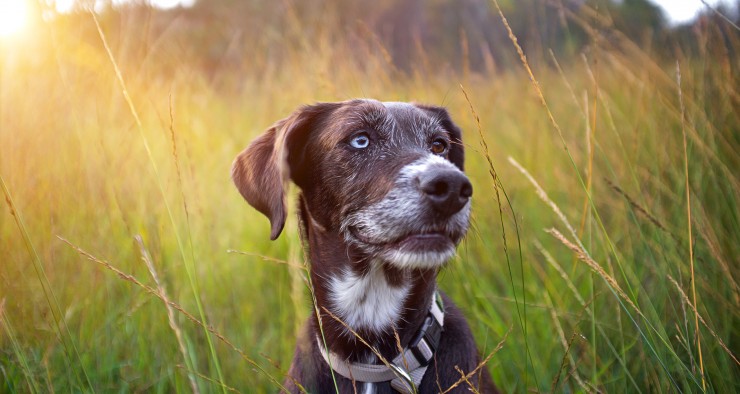 The Importance Of Vitamins In A Dogs Diet
The Importance Of
The Importance Of Vitamins In A Dogs Diet
The Importance Of
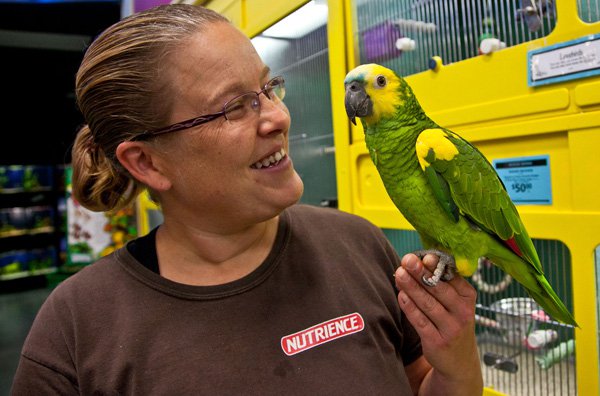 How to Select Best Quality Foods for Dogs?
How to Select Best Quality Foods for Dogs?
Dog
How to Select Best Quality Foods for Dogs?
How to Select Best Quality Foods for Dogs?
Dog
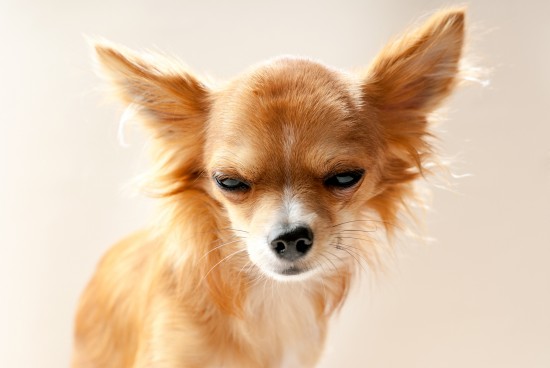 What Causes Stubbornness In The Dog?
What Causes Stubb
What Causes Stubbornness In The Dog?
What Causes Stubb
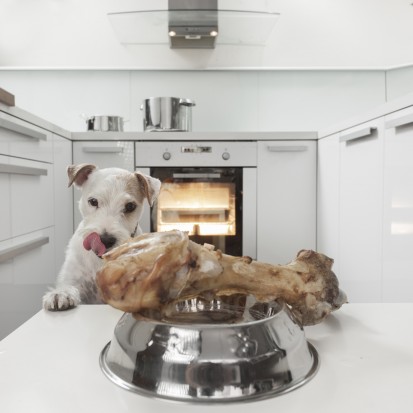 Eight Top Tips For Feeding Your Dog A Nutritionally Complete Diet
Eight Top Tips Fo
Eight Top Tips For Feeding Your Dog A Nutritionally Complete Diet
Eight Top Tips Fo
Copyright © 2005-2016 Pet Information All Rights Reserved
Contact us: www162date@outlook.com